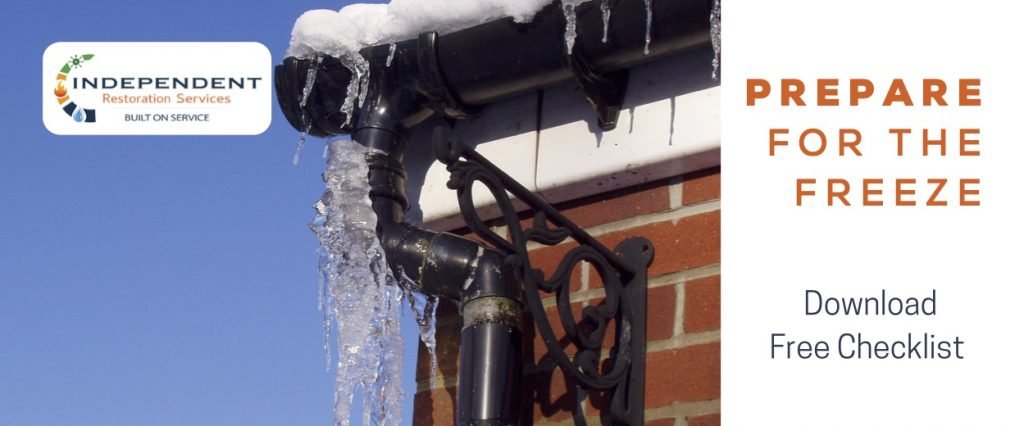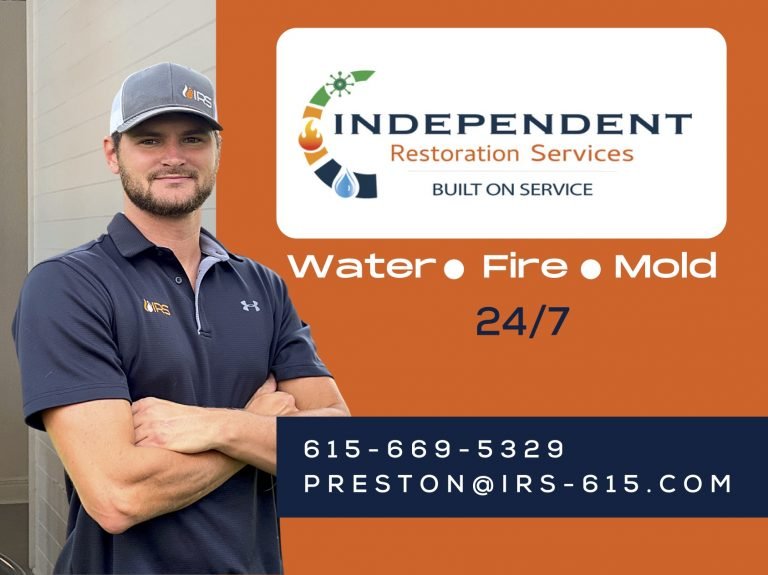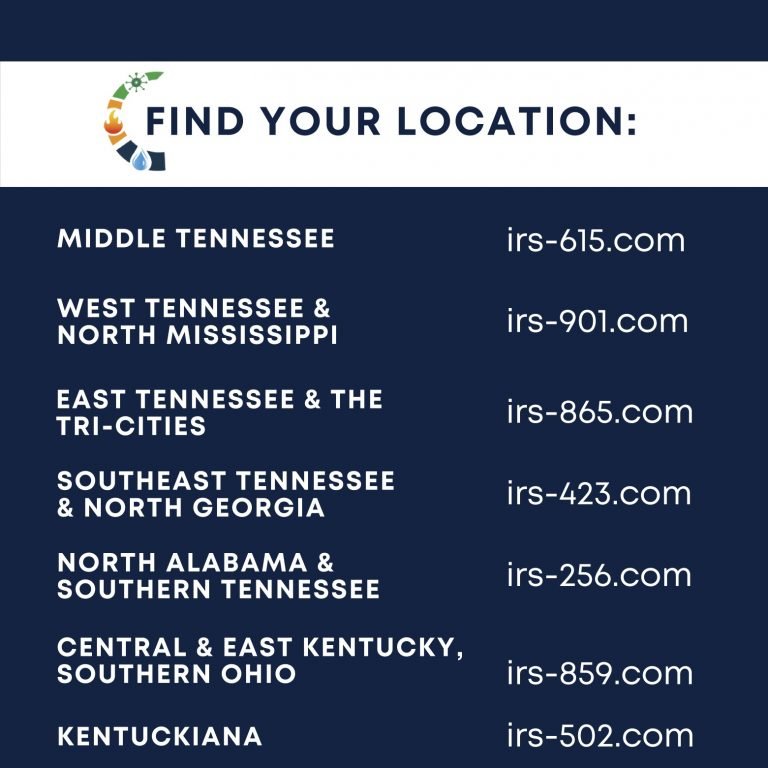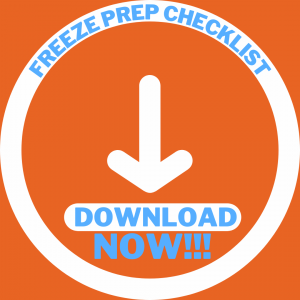
Winter is coming. Are you ready? Do you know how to prepare for the freeze? A house flood is close behind if your plumbing pipes freeze and burst, but it is not too late to prep! To prevent costly damage from a freeze, Independent Restoration Services recommends the 8 steps below for winterizing pipes in an vacant home. We’ll also share with you 5 steps for preparing your pipes for freezing temperatures when your home or business is occupied.
Not only can winterizing your pipes help prevent costly house floods, it can prevent you from uprooting your lives for weeks or even months while the damage is being repaired!
We highly recommend that you do these things right now.
Unoccupied homes require extensive winterization even if you are only leaving for a vacation.
8 Steps to Preventing Pipes from Freezing While Away:
Click Button To download a printable checklist:
Protecting your plumbing pipes from freezing when occupying the home requires fewer steps than that of unoccupied homes. However, these steps are equally as important to preventing pipes from freezing.
5 Steps to Preventing Pipes from Freezing While Home:
- Set thermostat or heating source to 60 degrees or above.
- Insulate the pipes of all types. Copper, steel, and plastic pipes are all vulnerable to freezing and can be insulated by slip-on foam or pipe insulation sleeves.
- Allow water to continuously drip from faucets.
- Insulate crawlspace including boarding up vents and sealing cracks with caulk or spray foam.
- Install a proper bib cover on all exterior hose bibs.
Caution: some property owners use heat tape to protect their pipes from freezing. Heat tape has been known to cause house fires when used improperly and under certain circumstances. Please, if you choose to use a heat tape product follow all manufacturer instructions and proceed with extreme caution.
We hope you practice every necessary precaution as the winter months approach, but should you find your home underwater after a pipe has burst from freezing water, we are equipped to help at a moment’s notice. We answer your call 24/7. Using our 9-step procedure, we mitigate the damage fast and restore your home to a pre-loss condition. Additionally, we will document every detail, so you have all you need to file your insurance claim.
Talk to your insurance agent for a thorough audit of your coverage before disaster strikes.
Independent Restoration Services
Built On Service



